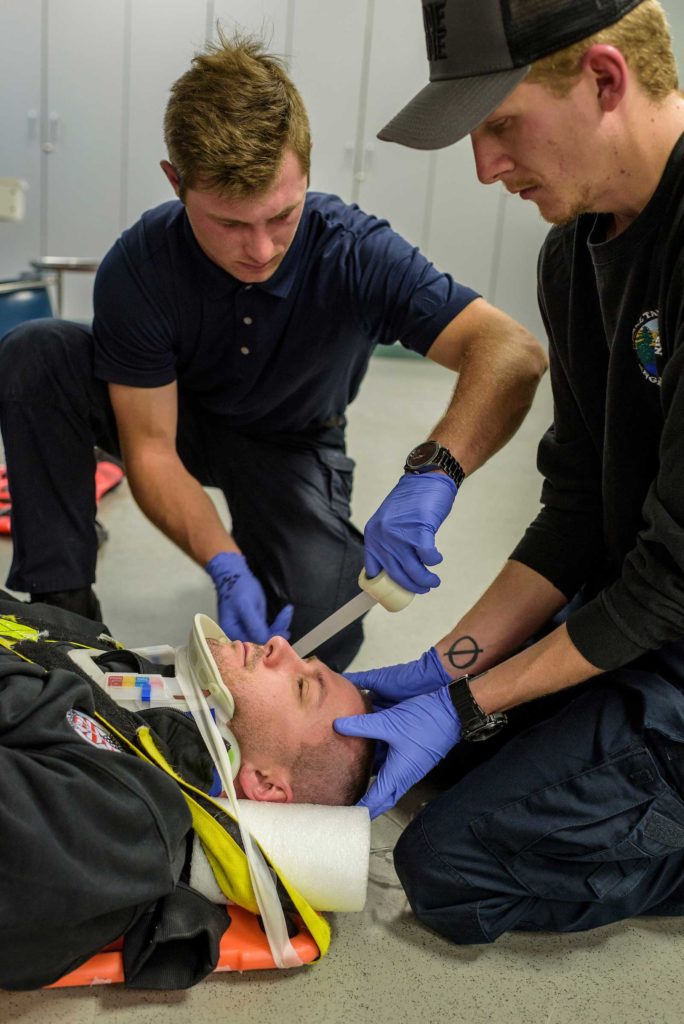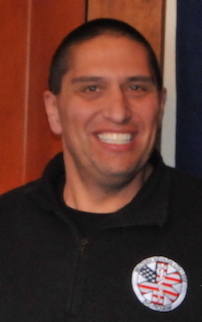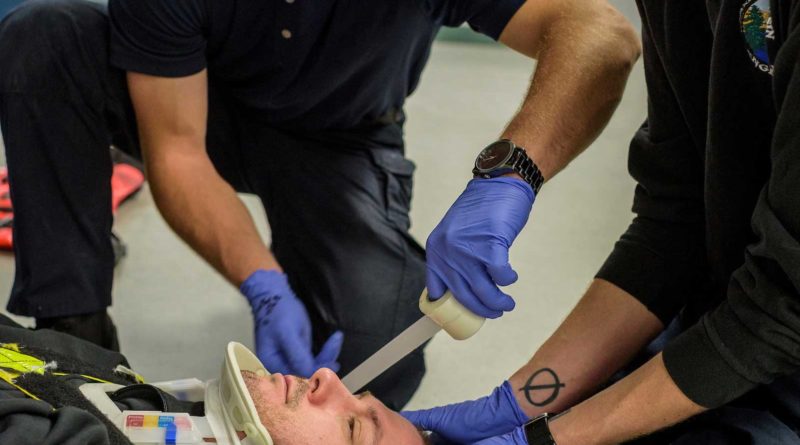New paramedicine program at WNC enables students to train to become paramedics

Courtesy Steve Yingling, Western Nevada College
Listening to a medical training need that a workforce sector was asking for prompted Western Nevada College to launch a paramedicine program this year.
Building on the Emergency Medical Services classes of Emergency Medical Technician and Advanced EMT that it already offered, WNC expanded the program so these students could further their training to become paramedics.
“What this is filling is I’ve been approached by several agencies in Washoe County and outside of Washoe County in the rural areas that would like to see more EMS training,” EMS/Paramedic Coordinator Terry Mendez. “With us being located in Carson, people don’t have to travel to Washoe County. With our multiple locations throughout rural Nevada, that is our big goal to reach medicine in the rural counties.”
Mendez has been at WNC for a year and can share his passion for medicine after dabbling in firefighting in Oregon.
“As a resident volunteer I had to be a paramedic to do firefighting,” he said. “I fell in love with the medicine and actually left fire and continued my career in EMS.”
Whether they are studying to become an EMT or paramedic, students will gain the knowledge and skills to respond to health emergencies and help people in times of distress. They learn how to care for people in a prehospital setting and will be prepared to sit for national and state testing for EMT and Advanced EMT.
“What WNC wants to do is bring quality education to the community, so we have consolidated these into Certificate of Achievement pathways that will eventually lead to an associate degree,” Mendez said. “This allows students to develop their education foundation with some of the general education requirements and begin that process of becoming a college student. This works into the paramedic pathway for those who want to make it a career. So, we offer those now and continue to build upon those.
“There are now lots of opportunities for our students that weren’t available before.”
The expanded EMS program has doubled in enrollment from 15 to 30 students.
Mendez said it is imperative for individuals considering a career in EMS to learn as much as they can about it beforehand.

“These people are usually very outgoing and like varied environments,” Mendez said. “We don’t work in a room; the world is basically our office. We go to them; people don’t come to us. It’s for people who like varied work and like a little bit of chaos. That’s one of things why a lot of people are drawn to this, because you never know what is going to come next. It’s very unpredictable.
“There are a lot of misconceptions of the general public of what EMS providers do so we offer counseling services where they can talk to us about it.”
Another misconception about the job is that EMTs and paramedics are restricted to working in an ambulance.
“There’s a lot more,” Mendez said. “More and more hospitals are picking up paramedics in the emergency room, the critical care units, ICUs. More and more industries … Tesla hires paramedics. Ski resorts hire paramedics. If you like to travel, the military and private contractors like to pick up paramedics for overseas jobs. Oil rigs and carnival cruises will hire paramedics. If there’s people and medical emergencies, then paramedics will be there.”
An anonymous donation of an ambulance has given the program an extra boost in its initial year.
“That’s our most controlled environment where we do a majority of our work to sustain and help patients the best that we can,” Mendez said. “So, having that piece of equipment is absolutely vital to having these students get into that role because it is a different environment when you are moving down the road and doing many things that an ER can do, but we’re doing it at 70 mph moving down a freeway. That allows to put students in the back, drive them around and start getting used to that environment, where if we didn’t have it, they would be very far behind in being prepared.”
Mendez picked up the generous donation out of state and drove it to campus.
“Terry’s the driver behind this program,” said WNC President Dr. Vincent Solis. “That is the level of commitment that Terry has for our students. He’s not only gotten one ambulance but is looking at getting another ambulance on campus so our students can have this amazing experience of hands-on opportunity that pairs up that theory and the application of that theory in the real world.”
Mendez said that potential candidates of the program can learn more by contacting him at terry.mendez@wnc.edu.




